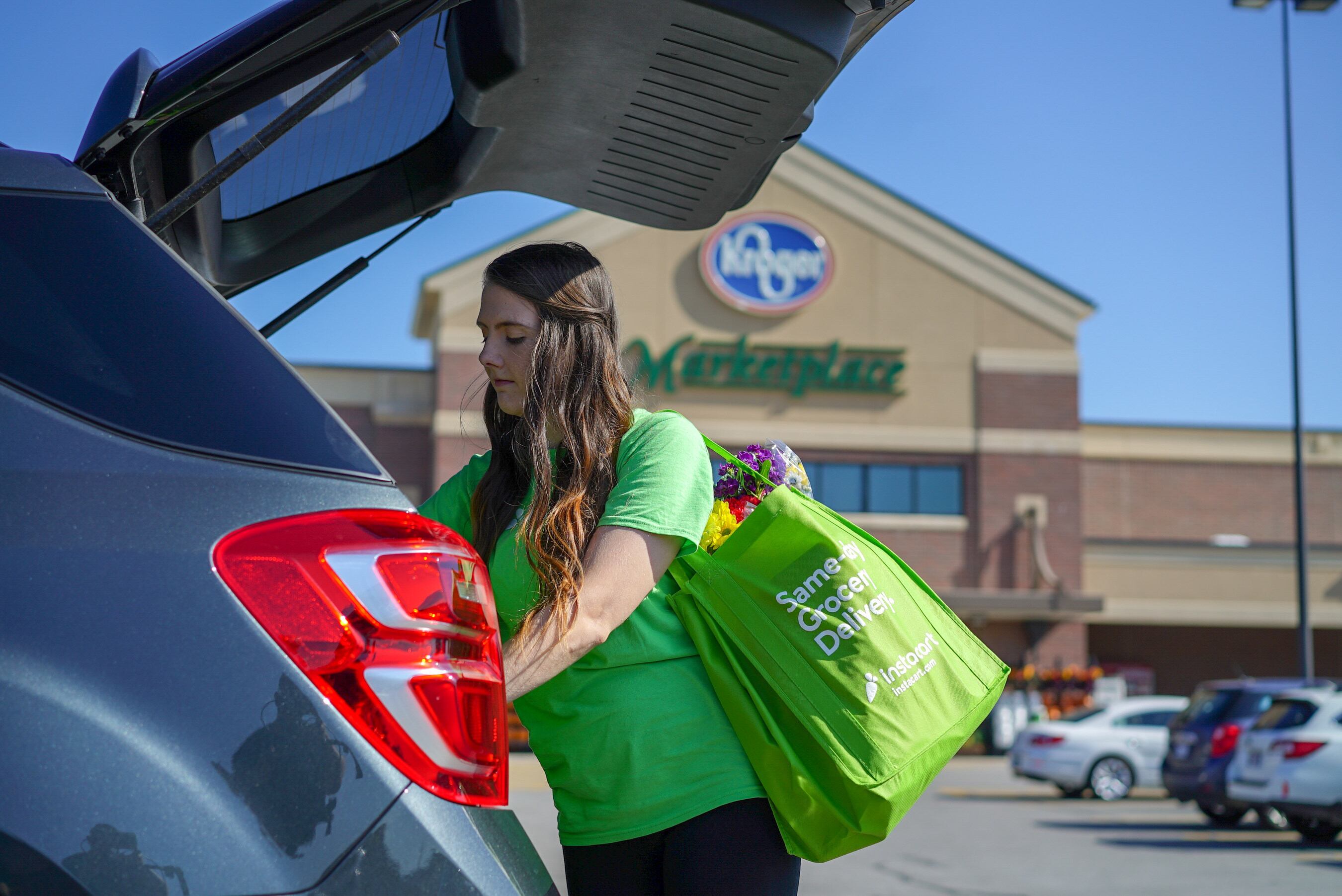The FMI yearly report found that the average shopper visits 4.4 different retail banners in one month, up from 4.1 last year. The report surveyed 1,786 US shoppers 18 years and older.
"While shoppers do spend a significant share of their food dollars at their primary store, very few spend all their grocery dollars at one retailer. In fact, only 13% of all shoppers are loyal to just one food retailer," notes Steve Markenson, director of research at the Food Marketing Institute (FMI) in a blog post.
How are the other 87% of consumers spending their time and money when it comes to grocery shopping?
"These shoppers are spreading their grocery dollars across several channels and retailers to address their families’ needs and desires," noted Markenson.
"Shoppers see the process of selecting and shopping across all these stores as a form of personalization, leveraging the strengths and specialties of each retailer. Rather than simplifying shopping, consumers are adopting increasingly complex strategies to support aspirations to eat well and achieve the balance of individual and household eating needs."
Shopping strategies
FMI identified five different forms of grocery shopping and found that the primary strategy for 92% of shoppers is the "primary bulk shopping" where they do the bulk of their shopping and that stores tends to be a supermarket.
The other five strategies include:
1. Stock Up Strategy
Many grocery shoppers use warehouse, supercenters, or discount stores to stock up on bulk and center store products. These retailers may not be part of the weekly grocery shopping but are visited every few weeks or monthly.
2. Specialty Item Visits
There are stores that shoppers visit for products or brands that are unique to that store to meet specific dietary needs or preferences.
3. Quality Item Pickup
Others do some of their grocery shopping at certain stores because of the organic or natural foods selection or perceived higher quality of produce, meat and/or seafood options.
4. 'Need it Now' Trip
Then there are the quick or fill-in trips for the basics, such as milk, bread, or eggs. These are often driven by convenient locations to work, school or home.
Shopping behaviors by generation
According to FMI, younger generations visited the most food retailers a month to meet their grocery needs: Gen Z shoppers visited a total of 6.2 retailers per month and millennials frequented 5.0 retailers per month.
"This will be a trend that FMI will be watching in the future and one food retailers should consider. Perhaps the question retailers should ask themselves is, 'How can I get a larger share of my grocery shopper’s spend?'," said Markenson.
Where does online grocery shopping stand?
Although not included as one of the roughly four retailers the average American consumers visits in a typical month, the online grocery channel continues to grow. The amount of consumer shopping along for groceries has doubled in size since 2015 with 32% of shoppers using online-only retailers at least occasionally. Among Gen X, users grew by more than one-third over last year’s base.
"Online shoppers now see online as on par with the supermarket in meeting a number of key shopping needs and increasingly accept online for fresh categories that were previously the distinctive domain of the brick-and-mortar store," noted FMI in the report.
FMI did point out potential headwinds for the online category.
"Reach among Millennials (the first generation to flock to online en masse) has not grown in the last two years, suggesting that after Gens X and Z catch up, the online user base may soon plateau. Unless retailers introduce new disruptive ideas for online shopping, the channel’s growth may come from increased frequency or product category use, rather than from additional shoppers," FMI said.




